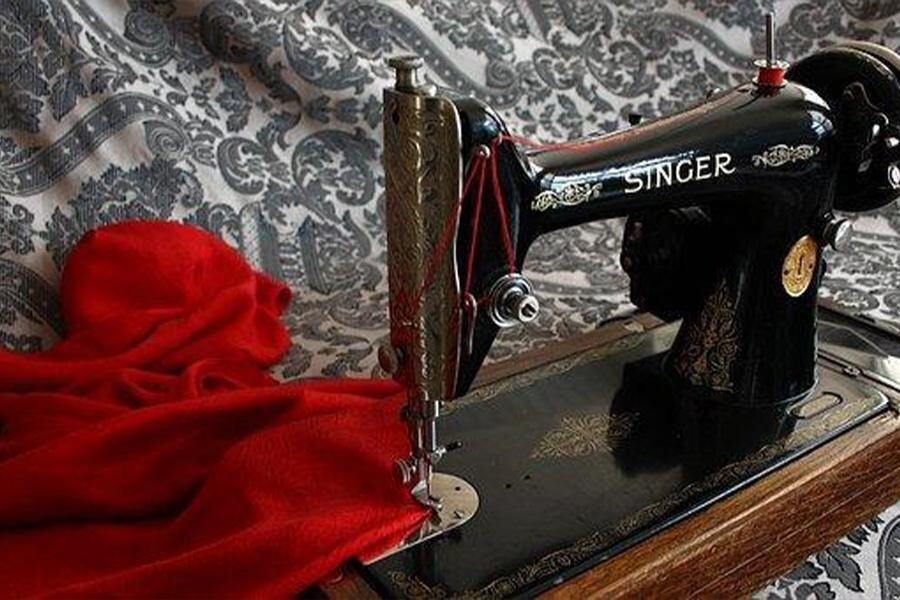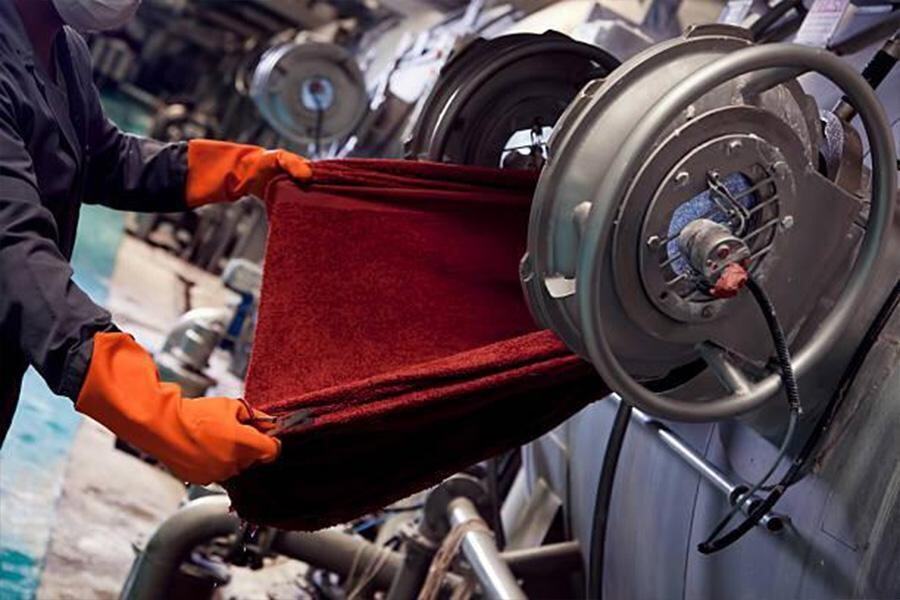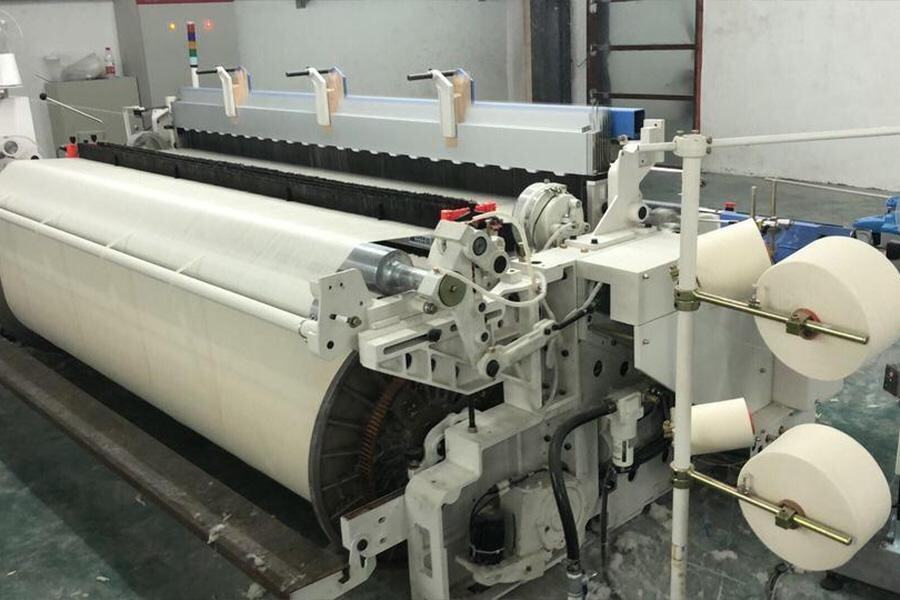Selecting the perfect textile machinery is tricky because many of these products are now in the market. Since you do not want to purchase textile machinery that you never wanted in the first place or one of poor quality, it is wise to get more information about the products and learn some tips.
This article will highlight some key tips to help you learn how to select the right textile machinery. It will also talk about the different types of textile machinery available in the market. An overview of the textile industry’s demand, market share, size, and expected growth rate will also be discussed here.
Table of Contents
Prospects for the textile industry
Types of textiles machinery
How to select the right textile machinery
Conclusion
Prospects for the textile industry
The textile industry has proven to have a steady growth in its global market thanks to the availability of cotton across different regions such as China, the United States, and India. The growth of the e-commerce industry has expanded the market for textile machinery and products in different regions.
As of 2021, the estimated market share of the textile industry was USD 993.6 billion, according to Grand View Research. The value is expected to grow at a compound annual growth rate of 4.0% from 2022 to 2030. The main driving forces for this growth are the increasing demand for textile products and the well-developed e-commerce industry.
India has emerged to be the leading destination for most textile machinery. The industry continues to realize massive growth following the high demand for textile and apparel products.
The biggest textile machinery supplier is Italy, alongside Japan, China, Germany, and Switzerland. Italy holds a world market share of about 11% in the production and exportation of textile machinery, spurring both the domestic and foreign markets. Alongside are China, Japan, Germany, and Switzerland at 10.39%, 9.6%, 10.59%, and 7.3%, respectively.
Types of textiles machinery
1. Knitting machines
A knitting machine creates knitted fabrics in both semi or fully-automated fashion. Over time, knitting machines have ranged from simple board templates to highly sophisticated electricity-controlled mechanisms. The various types of knitting machines include; weft knitting machines, circular knitting machines, and warp knitting machines.
As of 2018, the market share was USD 6.79 billion. Mordor Intelligence reports that Asia-Pacific is the largest and fastest-growing market. The global market is expected to grow at a rate of 3.9% for the next five years. The main driving force for this growth is increased urbanization, which has opened distribution channels.
Features of a knitting machine
– It uses the spring-type movable sinker system
– It utilizes a loop presser bed
– It has the inverse-plating capability
Advantages
– A high level of accuracy as compared to a hand
– High speed
– It gives room for a wide range of creativity for more designs
Disadvantages
– It is complicated to use
– It is difficult to reproduce hand-knit patterns
2. Sewing machines

Sewing machines stitch fabric and other materials together using a thread. Invented during the first Industrial Revolution to ensure efficiency in the apparel industry, the sewing process has since been automated over the years, making it less inconvenient. The three basic types of sewing machines are mechanical, electronic, and automated. Among these are domestic sewing machines, which have fancy stitches, and industrial sewing machines, which come with one or two stitches.
As of 2021, the sewing machine market size was estimated to be USD 4.2 billion. The considerable demand registered due to changes in fashion will result in a compound annual growth rate of 5.2% in the next few years, as stated by Grand View Research.
Features
– It has a varied stitch length and width
– It has a top-load bobbin
– It enables speed control while sewing
– The presser feet let one do zigzag and straight stitches
– It has an automatic buttonholer
Advantages
– It is faster than sewing by hand
– It ensures a certain level of professionalism
– It is more convenient for the timely completion of projects
– It improves mental health because of the hand-eye coordination
Disadvantages
– It may take time to learn how to use a sewing machine, thus slowing down production
– It proves costly as both the machine and the peripherals are quite expensive
– Sewers have less control over stitch placement
3. Dyeing machine

The dyeing machine is used in cloth dyeing operations. The jigger dyeing machine is one of the oldest. Initially made from wood, the dyeing machine has been improved to stainless steel, thus increasing the dyeing efficiency. The other types include winch, jet, and beam dyeing machines.
COSMOTEX and Tong Geng are the major global digital dyeing machine suppliers. The innovation employed on this machine has led to global market expansion. The Digital Journal values the dyeing machine market at USD 903.45 million, which is expected to grow at a rate of 5.18% by 2027.
Features
– It is constructed with material that can withstand prolonged boiling with acid
– It provides sufficient movement of liquor to penetrate textile materials uniformly
– It has water outlets and inlets
– The automatic temperature control device boosts the auto programming system
Advantages
– It dyes fabrics up to a boiling point without creasing
– It uses less material to liquor ratio, thus saving energy
– It offers a faster dyeing process due to the vigorous circulation of liquor
Disadvantages
– It requires a high capital investment and maintenance costs
– It is difficult to clean the internal parts as they are enclosed
– Any slight roughness over the machine may cause snagging of the fabric
– The vigorous force of the jet may damage delicate fabrics
4. Weaving machines

The weaving machine is used for weaving cloth. Initially developed in 1678, it used water power to facilitate the weaving process. Over the years, the weaving machine has been operated using steam till modern times, when it was automated. The various types include projectile, multiphase, air-jet, and rapier.
The market share of weaving machinery was valued at USD 4.5 billion in 2017. According to Mordor Intelligence, the international weaving machine market is expected to grow at a compound annual growth rate of 4.1% for the next five years. It also shows that as of 2021, the largest and fastest-growing market is Asia.
Advantages
– Automation has led to higher productivity due to faster resetting times
– It produces threads of high quality with less waste
– It can be controlled easily with minimum effort
Disadvantages
– Any slight abrasion on the warp results in wastage
– It is labor intensive; thus, it is costly
How to select the right textile machinery
1. Company’s goal
The production objectives of a company determine the textile machinery to be purchased as it should meet the set goals. The goals may include producing specific garments for a target market within a projected period. This ensures the appropriate use of financial resources and boosts performance. When selecting the right textile machinery, it is very important to purchase machines that fit perfectly with the goals of the company.
2. Skills required to operate the machine
Training staff on a particular skill set to operate various machines can be costly. This depends on the technology employed on that particular machine. A buyer should purchase textile machines that can be operated easily with available manpower. This enhances productivity, improves machine maintenance, and reduces training costs.
3. Budget
From the available options of the textile machines, evaluation of initial purchasing costs and the accessories’ prices is vital. The ancillary costs include the cost of subsequent repairs, maintenance, and staff training on the usage of the textile machine. Also, some machines require peripherals whose availability and cost should be within the budget.
4. Productivity
Various textile machines perform different functions in fabric production. A buyer meets existing and potential demand for textile products by purchasing highly productive machines for various processes. For instance, the ballers, fabric cutters, and dye presses should be equally efficient to maintain high production levels.
5. Brand
There are various brands of textile machines in the market, such as Picanol and Shima Seiki. A buyer is supposed to choose a brand that has a reputation for producing quality and durable machines. The brand should also be compliant with the International Organization for Standardization standards. The machinery should be readily available in the market, including its peripherals and spare parts.
Conclusion
Purchasing textile machinery and finding the most appropriate equipment is a significant investment for a buyer. The above guide will enable you to make informed decisions on the kind of machines to buy. Visit Alibaba.com to buy quality textile machinery.



